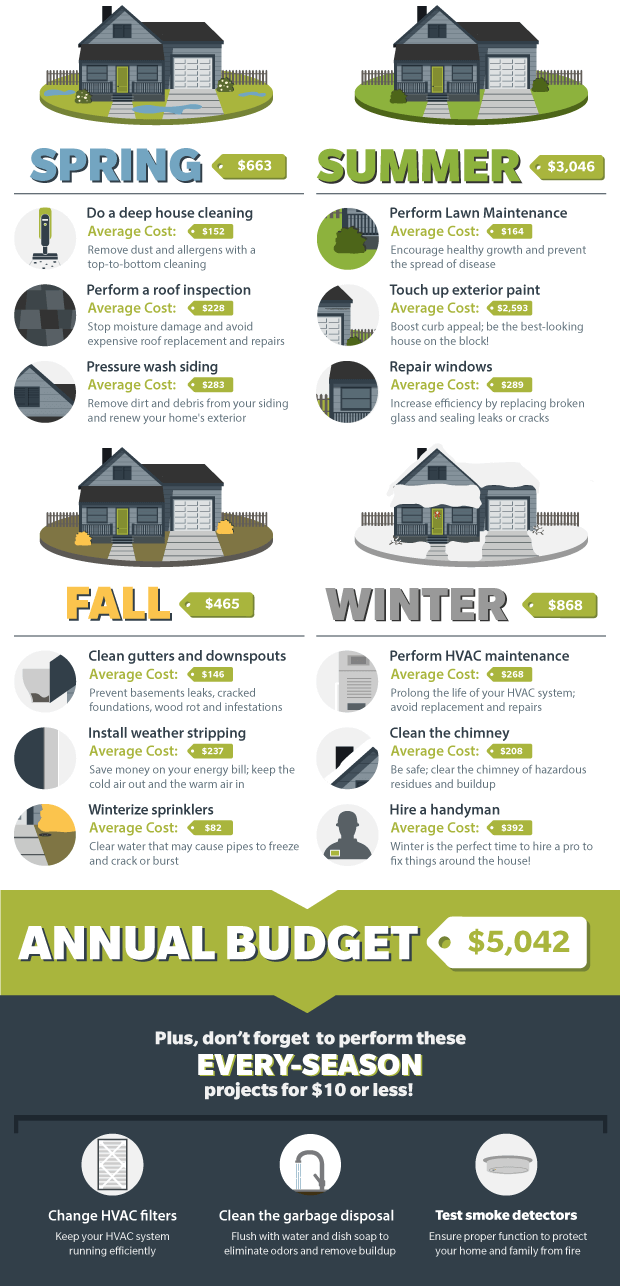Recognizing The Prices Of Solar Installment: Is It Worth The Financial Investment?
Recognizing The Prices Of Solar Installment: Is It Worth The Financial Investment?
Blog Article
Produced By-Rowe Kane
When thinking about the prices of solar setup, you could question the in advance financial investment called for and whether it aligns with the prospective long-lasting benefits. Understanding the ins and outs of these expenditures and the various variables affecting the overall return can shed light on the worth proposal of transitioning to solar energy. By evaluating both the preliminary arrangement expenses and the forecasted financial savings over time, you can gain insight right into whether the financial investment in solar installation holds guarantee for your monetary future.
Initial Arrangement Expenses
When taking into consideration the expenses of solar installation, the initial setup expenditures play an essential duty in your decision-making process. These ahead of time costs consist of the rate of solar panels, inverters, installing tools, and installment labor.
The price of photovoltaic panels can vary relying on the brand, effectiveness, and size you select. https://solarbuildermag.com/featured/benefits-of-protecting-solar-equipment-with-corrosion-inhibitor/ are essential for converting the sunlight's energy into usable electrical power and be available in various types such as string inverters, microinverters, and power optimizers, each with its own expense implications.
Mounting tools, such as shelfs and rails, is required to safely set up photovoltaic panels on your roof or property.
The installment labor expense covers the professional installment of the planetary system, making sure that every little thing is established appropriately and efficiently. Keep in mind that while these first setup expenditures might appear high, there are typically rebates, tax obligation incentives, and funding alternatives offered to assist offset the costs and make solar installment much more economical in the future.
Long-Term Financial Savings Analysis
To recognize the monetary advantages of solar installation over time, it's crucial to conduct an extensive lasting cost savings evaluation. While the first configuration expenditures of photovoltaic panels might appear daunting, the lasting financial savings can surpass these prices considerably. By taking advantage of the power of the sunlight to generate electricity for your home, you can potentially save countless bucks on your energy bills over the life-span of your solar system.
One of the crucial factors to consider in a long-term cost savings analysis is the decrease in your electrical power costs. With solar panels, you can create your electricity, decreasing or perhaps removing your reliance on the grid. This can cause significant cost savings, especially as utility prices continue to climb.
Furthermore, several federal governments use motivations such as tax debts and discounts for mounting photovoltaic panels, additionally improving your long-term savings. By making use of these rewards and maximizing your solar power production, you can enjoy considerable monetary advantages for several years to come.
Roi Calculation
Thinking about the financial advantages of solar installation, it's time to assess the Return on Investment (ROI) calculation. Determining the ROI involves comparing the total prices of mounting a planetary system with the economic benefits it generates over its life expectancy.
To determine ROI, split the internet make money from the system by the total financial investment cost and increase by 100 to get a portion. The ROI formula is: (Web Profit/ Total Financial Investment Price) x 100.
As an example, if the complete cost of installing a planetary system is $20,000, and over its life expectancy, it produces savings and incomes totaling $30,000, the internet earnings would certainly be $10,000. Dividing this by the complete financial investment cost of $20,000 gives a ratio of 0.5. Increasing this by 100 gives an ROI of 50%.
Generally, a higher ROI suggests a more monetarily rewarding financial investment. you could look here like government incentives, upkeep costs, and power cost fluctuations can impact the ROI of solar installments. Understanding the ROI aids in examining whether investing in solar power deserves it in the long run.
Conclusion
In conclusion, understanding the costs of solar setup is critical for identifying if it is worth the investment. By taking into consideration initial setup costs, conducting a long-lasting savings analysis, and determining the roi, you can make an informed decision regarding the financial worth of solar power. With the possibility for lowered utility bills and boosted energy self-reliance, buying solar setup can be a wise option for both your budget and the environment.
